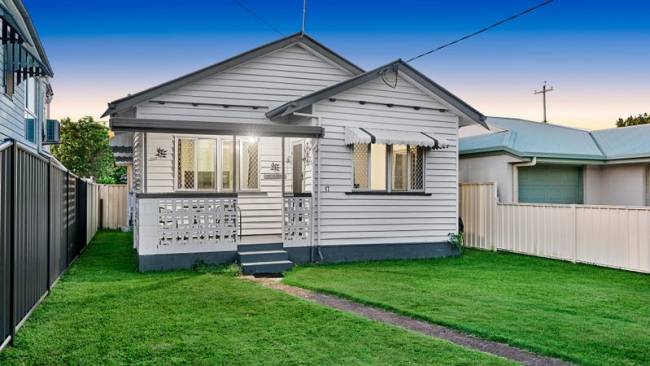Cubby house ideas: how to make the most of your children’s play area at home
Demand for backyard play equipment is skyrocketing with families forking out the equivalent of the cost of a small car to keep kids entertained.
Property
Don't miss out on the headlines from Property. Followed categories will be added to My News.
State-of-the-art cubby houses are on the rise, bringing Australian backyards to life as a result of Covid lockdowns.
Families are spending up to $10,000, on play equipment and cubbies to keep their children entertained. As Australia’s leading real estate platform realestate.com.au witnesses a 20 per cent rise, in some markets, of residential listings with cubby houses
“We thought Covid would have caused a decline in sales, but we actually had a rise,” says Jess Hogben, director of Ricks Timber Works.
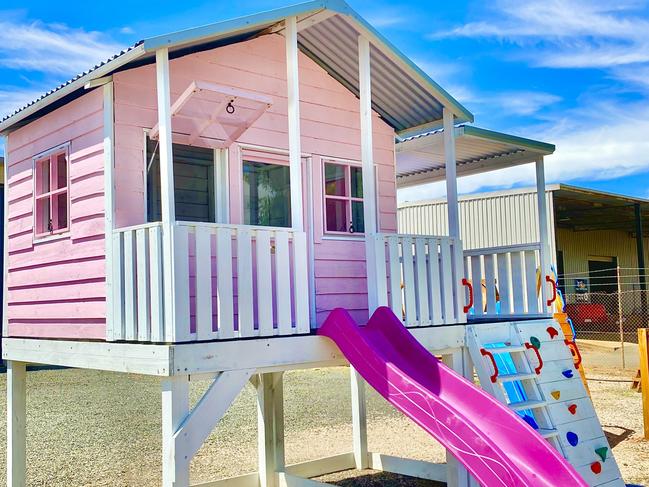
“It’s taken us years to build our business and to think Covid could throw us under the bus was quite terrifying.”
Jess, a mother-of-four, who helps run the business with husband Rick, says their masterpiece cubbies start from $1990, with a bulldozer priced at $9500.
She says a recently built bulldozer, including a double swing set, fibreglass slide, tic tac toe, and a rock wall was delivered to a customer in Walgett NSW – 427km from Ricks Timber Works. “We have since had another one find its home in Woodenbong in far north NSW, 1000km from Forbes which was picked up by a customer.”
Faced with a national timber shortage, Jess says they are limited to how many orders they will take for Christmas. “We are encouraging our customers, usually grandparents and parents, to order early, therefore we can order the timber needed for our busiest time of year. Timber can take around three months to arrive, if its not on the shelf”.
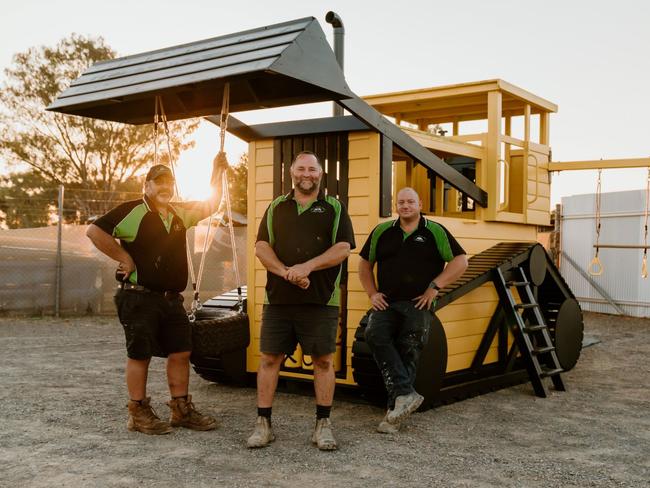
Kyal and Kara Demmrich, winners of The Block, built a cubby for their two children including a little “stage” for the kids to put on plays or sit and have a picnic.
“It has a little shop window and a second level with slide,” says Kara.
“Within the same space we also have a veggie garden and pizza oven (From Polito Wood Fired Ovens) that we had craned into the courtyard. These additions has meant it acts as a play area for the kids and a beer garden for the adults.”
The couple used leftover material from the main build of their home to create the cubby. “There is quite a lot of blackbutt timber that would add up price wise if you were to buy outright, but these are primarily shorter off cuts that were leftover from the long lengths used to clad the main house,” she says.
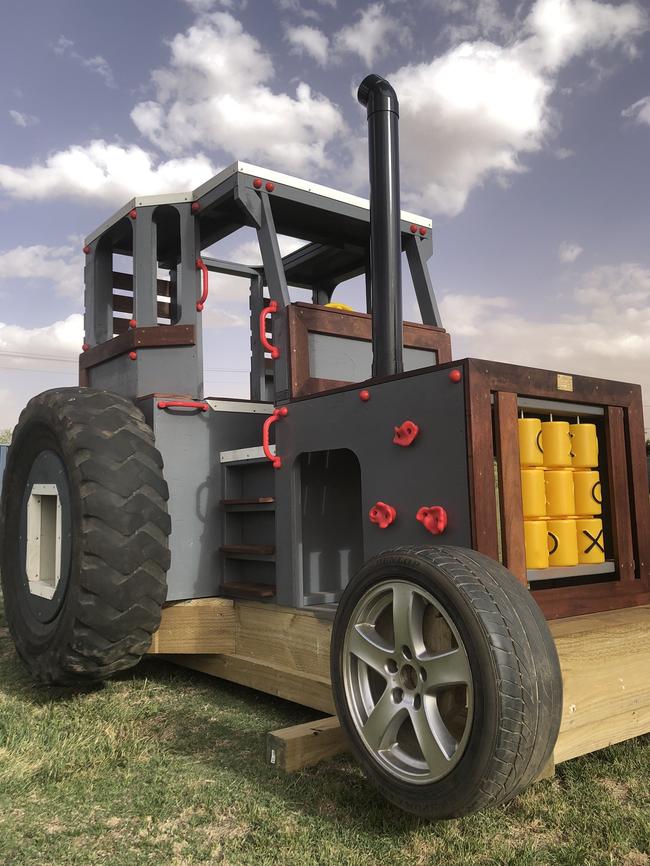
“We were stoked to be able to use almost every last length of blackbutt with very
minimal waste.”
Playground designer and Wearthy founder Lukas Ritson says with Covid restrictions having an impact on the where, how and when play can happen, it’s never been more important for children to have a space they can call their own.
“It’s not just a cubby house, it’s an environment where children can take ownership, find freedom through discovering independence, and importantly feel safe in the exploration of their own developmental and emotional needs,” says Lukas.
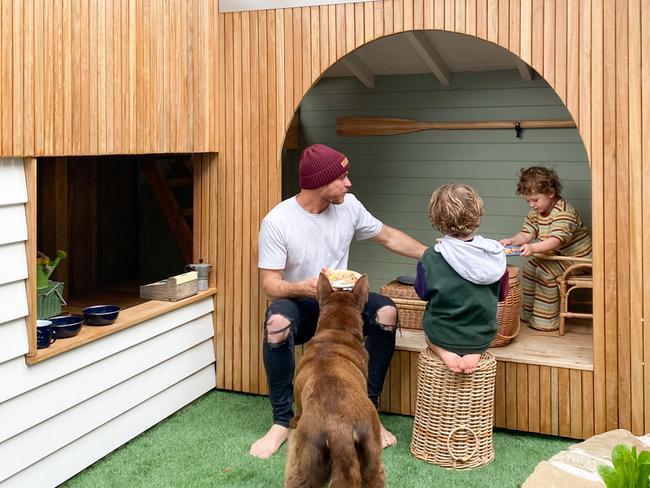
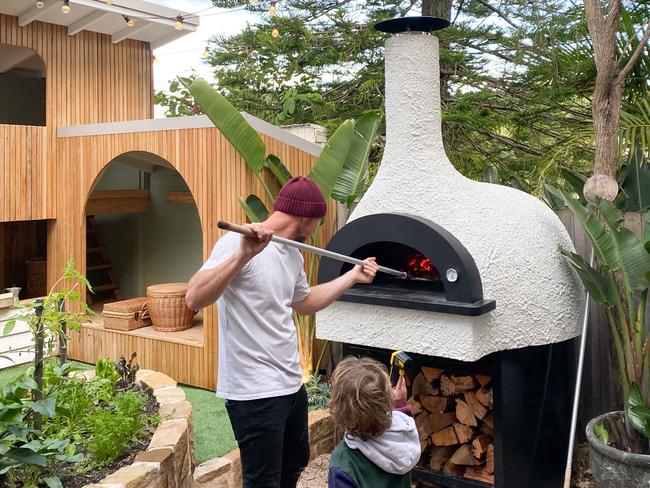
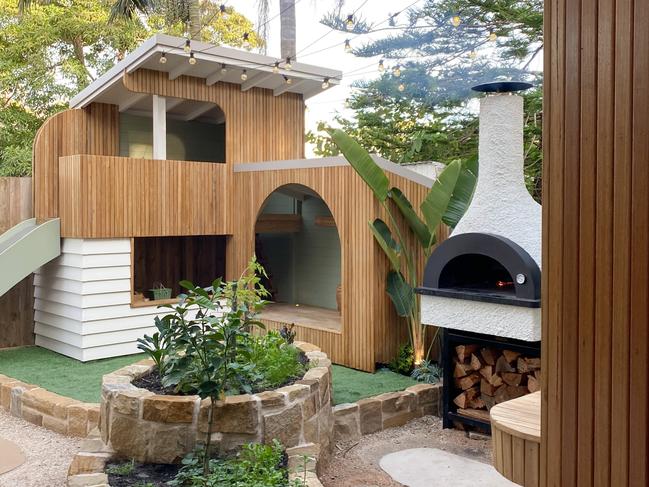
He says creating playgrounds from a blank canvas has allowed them to develop and innovate some incredible play structures.
Bunnings national outdoor play buyer Ally Tye reports a “huge increase” in demand of cubby houses at the peak of Covid.
“We’re seeing the trend continue this year with cubby houses remaining a popular choice along with swing sets and inflatable water parks,” says Ally.
Kara says creating a haven for the family has never been so important with people spending more and more time at home.
Mobile cubby houses can be moved around playgrounds and add more flexibility to the spaces we create.
The great thing about cubbies is that you can make it your own by adding different components to suit all abilities.
EMBRACING UNSTRUCTURED PLAY
Dene Gambotto and her husband Alex bought a cubby house for their children Mia and Luca almost a year ago and said it had greatly enhanced their lifestyle at home.
“The pandemic highlighted for us that the kids needed more outdoor time and we wanted to find a safe option,” Mrs Gambotto said.
“Whether it was trampoline or a cubby house Mia and Luca can play outside, have a good time, and have their own fun in an unstructured environment.
“It gives them the option to choose their own play that is away from computer games and is good for their mind and their body. It’s allowing them time to think, to make memories and their own decisions, and have independent play away from the adults.
“Today we [parents] can be so on top of them and so much of their play is structured, it’s good for them to go out there and be kids.
“To gain more confidence, give them the opportunity to take a few risks and the freedom to make decisions about what they are doing that helps them grow and understand the world.
“It’s been great for us and the kids.”
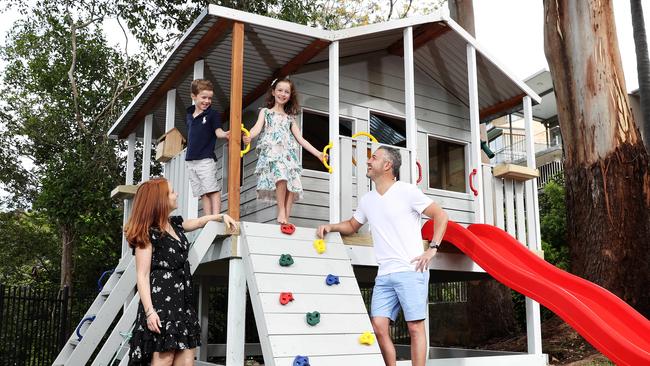
CUBBY HOUSE IDEAS: HOW TO MAKE THE MOST OF YOUR KIDS’ PLAY AREA
Take inspiration from your own home to create a “mini” version for the kids to call
their own.
– Use leftover material or source materials via platforms such as Gumtree.
– Get the kids involved in the design process. Ask them what they’d like their cubby to
feature and keep an open mind about how you could make it work. Our little ones
love fishing so we’re going to set up some little “play” fishing rod holders and rods
for them to use.
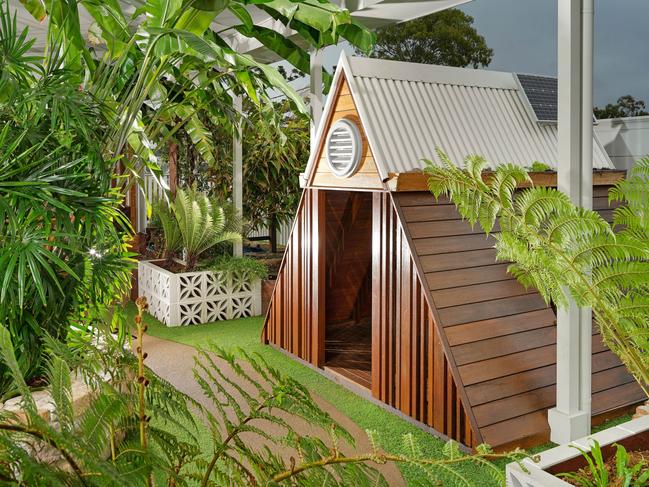
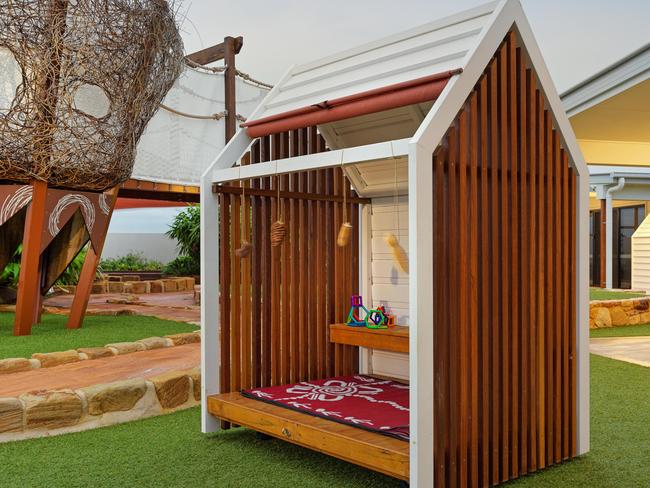
– Think about creative ways to use yard space effectively, we’ve built the retaining for
cubby into a vegetable garden and not only is it an efficient use of space, the kids
have loved being involved in the veggie garden maintenance and cycle.
– Add a touch of vintage. We’ve used a vintage oar and are on the hunt for more
ocean inspired vintage memorabilia we can use to add character and charm.
*Tips via Kyal and Kara Demmrich
More info: Ricks Timber Works
More Coverage
Originally published as Cubby house ideas: how to make the most of your children’s play area at home


